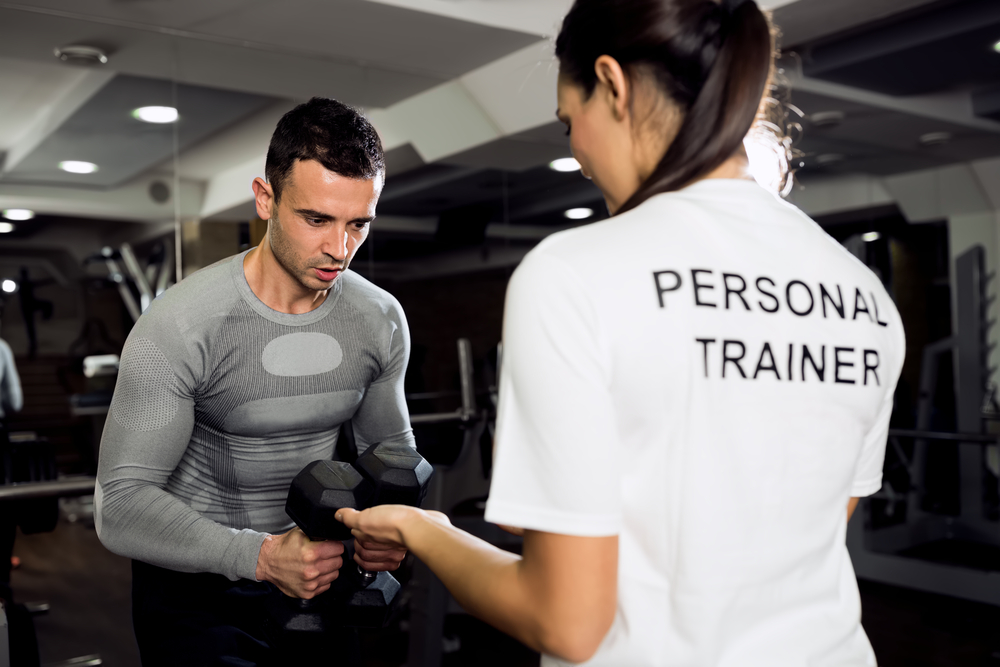6 Exercises for Men

As it will be International Men’s Day on the 19 November I thought I would focus this month’s blog on what movements most benefit men. These movements are good for all ages groups but specifically men from mid 30’s onwards. Whether you are heavy lifters or more sedentary desk workers, these six movements would benefit anyone looking to build strength, flexibility and be more resilient when it comes to movement.
These exercises are primarily core based as this is an area that, in my experience of training men, can often get overlooked in preference of something more cardio or weights based. When men come along to my Pilates classes they tend to struggle the most at the beginning and sometimes only come to classes once they are recovering from a back problem or have been referred to prevent a reoccurrence.
I hope that you can use these exercises to strengthen your core and help prevent injuries specifically with the back or knees.
1. Planks
Creating a straight line through shoulders, hips and knees, you can do them on your knees to start with but focus your technique. It is important you keep your elbows under your shoulders and hold for between 20-60 seconds.
The Plank uses a plethora of muscles, the upper back, the chest, shoulder muscles, abdominals (deep and superficial), hip flexors and quads. This is a fantastic exercise for runners, cyclists and all sports players. I like to add a small movement to mine and my clients planks, to keep them interesting while activating this long list of muscles. A small side to side shift or a sawing action can add variety and help the time pass.
2. Pallof press – anti rotation exercise.
The pallof press is a standing exercise that we do with a long resistance band attached to an anchor point at chest height. Standing at a right angle to the anchor point hold the stretched band in the middle of the chest and hands close to your chest – this starts the move. Brace your trunk and lengthen your arms keeping everything else still.
Anti-rotation are very functional exercises, think about what we are doing if you are carrying a heavy bag and trying to keep your shoulders level, the same principle applies with the palloff press. The main muscles used are the transvers abdominals (sometimes described as the corset or the trunk), and the internal and external obliques (the waist muscles that are responsible for twisting your trunk).
3. Single/double leg lowers
This is a core exercise that is brilliant for your lower abdominals – the lower section of our rectus abdominals (the six pack muscles) and the internal and external obliques (the waist muscles that are responsible for twisting your trunk). The hip flexors are also an important part of this great movement.
Start by laying on your back. Support your head and crunch, start with one leg and lower (intermediate) or both legs (advanced) keeping the lower back pressing on the floor the whole time. This move works the whole core, and because we are keeping our feet off the floor our legs are acting as weights in this movement and makes it intense and effective. Start with 10 repetitions and then progress over time to 20, 30, 40 repetitions. To make this exercise even more advanced try it with ankle weights on.
4. Swimmers
Specifically for the muscles in the posterior chain, backs of the legs, the hamstrings, the glutes and the long muscles that run up the spine (erector spinae), these three muscle groups are used in the swimmer.
Lay on your stomach with your arms stretched out and legs long. Stretch out the right arm and left leg until they lift while lifting up the chest and press the pelvic into the floor while exhaling. Alternate arm and leg stretch/ lifts and inhale while returning to the floor.
Single leg balance work – often neglected in lieu of big powerful moves like deadlifts and squats. Can be done with a frontal raise and overhead press of for more of a challenge a wood chop – weighted or unweighted.
5. Fire hydrants
This hip stabiliser is fantastic for reducing wobble in the hips as it recruits the two smaller glutes (gluteus minimus and gluteus medius) around the sides of the hips. These two smaller glutes are very effective stabiliser muscles of the pelvic and help reduce rocking and rolling of the hips as we walk, jog and go about day-to-day life. Why is it important to reduce rocking and rolling around the hips? Because it can cause extra wear and tear on our joints, and it can manifest itself as knee or foot or even lower back pain.
Starting on all fours, lift the leg up to the side without tilting the hips, small, controlled moves are better than big uncontrolled moves. Complete 10 – 20 repetitions on each side.
6. Single leg balances
There are several single leg balances movements that you can add into your exercise plan that will help improve stability especially as our balance can deteriorate as we age.
Start with testing how long you can stand on one leg for before having to put the other foot down. If you can do over 30 seconds then you can start adding in movements like a frontal raise of the arms and progressing up to a diagonal movement like a wood chop, as these become easier over time you can add light weight into the movements. If you are struggling with the initial phase practice as much as you can and over a few weeks you will start to see an improvement, then you can start some of the progressions.
If you would like help some help building your exercises routine or helping you keep accountable, please do get in touch.
